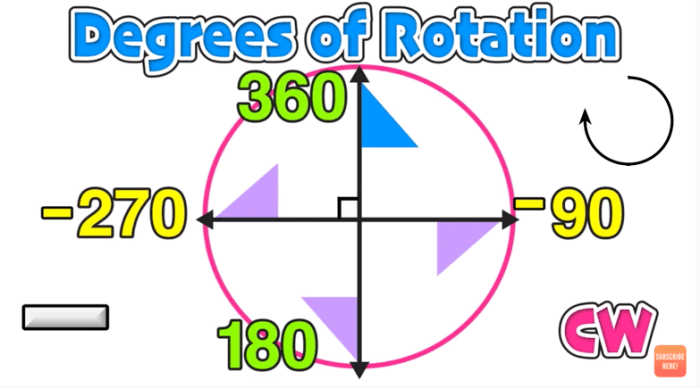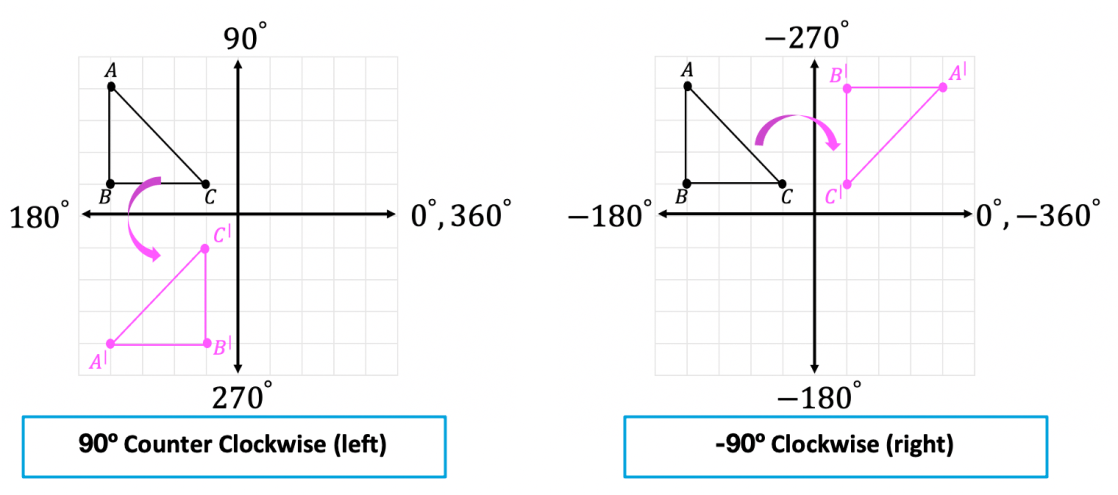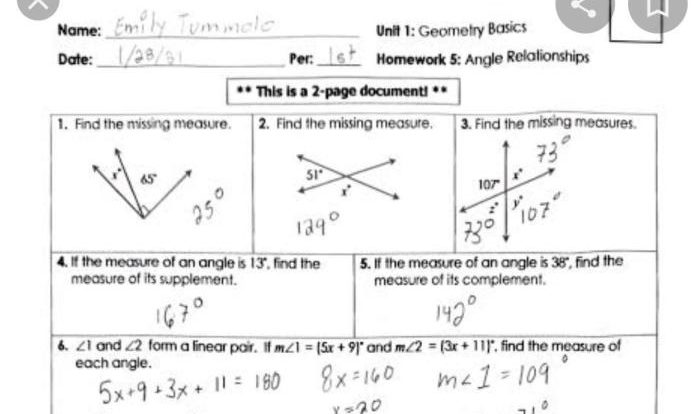Which transformation will carry the rectangle shown below onto itself? This question delves into the fascinating world of geometric transformations, where shapes undergo alterations that reveal their inherent properties. By examining the concept of “carrying onto itself” and exploring the characteristics of rectangles, we embark on a journey to uncover the transformations that leave this geometric figure unchanged.
Rectangles, defined by their parallel opposite sides and equal opposite angles, possess unique qualities that influence the transformations they can undergo. Understanding these properties is crucial in determining which transformations will preserve the rectangle’s shape and dimensions.
Types of Transformations

Geometric transformations involve manipulating a geometric figure (e.g., a rectangle) by moving, rotating, reflecting, or scaling it.
Common types of transformations include:
- Translation:Moving a figure from one point to another without changing its size or shape.
- Rotation:Turning a figure around a fixed point.
- Reflection:Flipping a figure over a line (axis of reflection).
- Dilation:Enlarging or shrinking a figure by a certain factor.
Properties of Rectangles: Which Transformation Will Carry The Rectangle Shown Below Onto Itself

Rectangles are quadrilaterals with four right angles and opposite sides parallel.
These properties influence the types of transformations that can be applied to rectangles without altering their shape.
Transformations that Carry Rectangles onto Themselves
A transformation “carries a rectangle onto itself” if the resulting figure is congruent to the original rectangle.
Transformations that carry rectangles onto themselves include:
- Rotation by 180 degrees:Rotating a rectangle 180 degrees around its center.
- Reflection across a diagonal:Reflecting a rectangle across a diagonal line that connects opposite vertices.
Analysis of the Given Rectangle
The given rectangle has dimensions of length 5 units and width 3 units, with its sides parallel to the x- and y-axes.
The transformations that would carry this rectangle onto itself are:
- Rotation by 180 degrees:Rotating the rectangle 180 degrees around its center (2.5, 1.5).
- Reflection across the diagonal:Reflecting the rectangle across the diagonal line y = -x + 4.
Mathematical Proof

To prove that the identified transformations carry the rectangle onto itself, we can show that the resulting figure is congruent to the original rectangle.
For rotation by 180 degrees, the resulting rectangle has the same dimensions and shape as the original rectangle.
For reflection across the diagonal, the resulting rectangle is congruent to the original rectangle because:
- The diagonal line bisects the rectangle, creating two congruent triangles.
- The reflection preserves the lengths and angles of the triangles, making the resulting figure congruent to the original.
Common Queries
What is the concept of “carrying onto itself” in geometric transformations?
A transformation carries a figure onto itself if the resulting figure is congruent to the original figure.
How do the properties of rectangles affect the transformations that can be applied to them?
The parallel opposite sides and equal opposite angles of rectangles restrict the types of transformations that can preserve their shape.
Can you provide an example of a transformation that carries a rectangle onto itself?
Rotating a rectangle by 180 degrees around its center is an example of a transformation that preserves its shape and dimensions.
